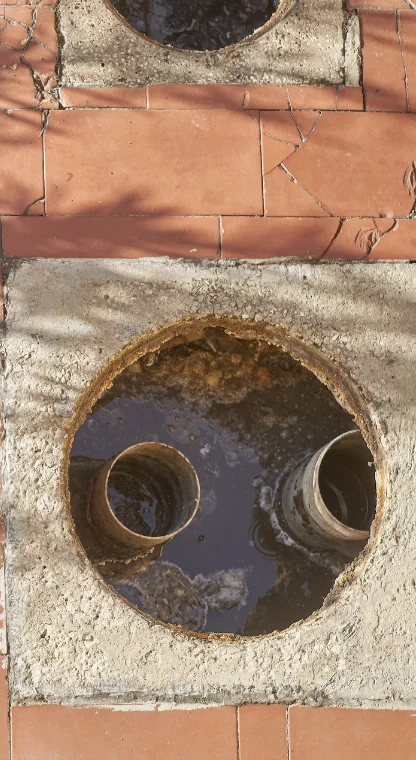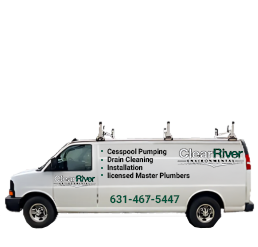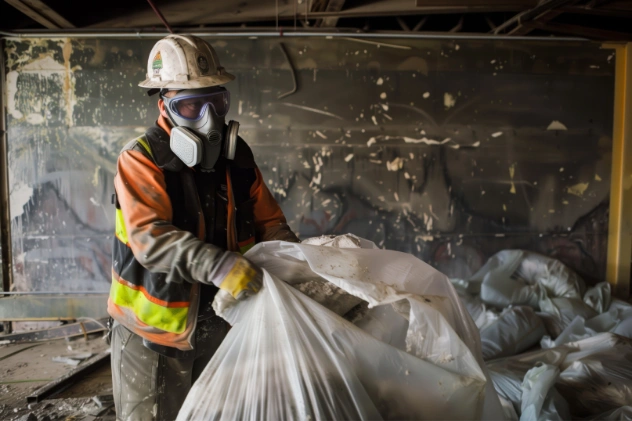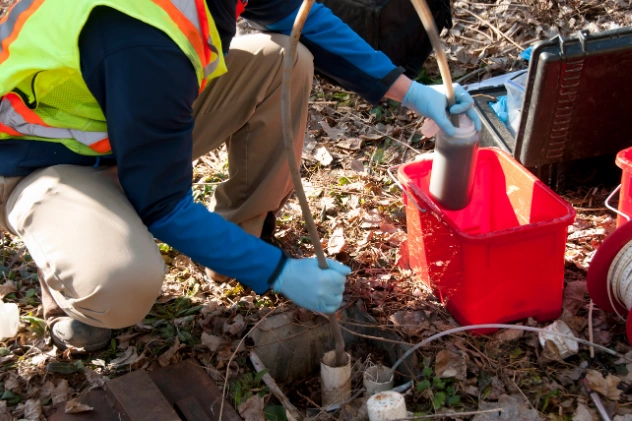Safe Non-Hazardous Waste Remediation Solutions
We handle your non-hazardous waste disposal needs with precision and care. Our experienced team provides comprehensive cleanup services for commercial and industrial sites across Long Island. From spill response to complete material removal, we protect your property and comply with all regulations. You receive fast, reliable service that keeps your operations running smoothly.
Professional Non-Hazardous Waste Removal Service Long Island
Clear River Environmental brings extensive expertise to your non-hazardous waste disposal needs across Long Island. We specialize in comprehensive cleanup solutions for commercial and industrial sites, handling everything from routine material removal to emergency spill response. Our certified team manages your non-hazardous waste disposal services with precision and regulatory compliance.
As your trusted local non-hazardous waste cleanup service, we provide rapid response times and thorough site remediation. You receive complete project management from initial assessment through final cleanup. Our industrial non-hazardous waste removal protocols protect your property while maintaining operational continuity.
We serve businesses throughout the region with reliable, cost-effective solutions. Our extensive service portfolio includes emergency response, scheduled pickups, and specialized cleanup operations. You can count on Clear River Environmental to handle your waste management challenges safely and efficiently.
Regulatory Compliance Protection
You avoid heavy fines and legal issues when you follow proper non-hazardous waste disposal regulations. Our team keeps you compliant with all local requirements.
Property Value Preservation
Your real estate maintains its value through proper cleanup. Contaminated sites lose worth quickly, while clean properties attract buyers and tenants consistently.
Health Safety Assurance
You protect employees and visitors from exposure risks. Even non-hazardous materials can cause health problems without proper removal and disposal protocols.
Environmental Responsibility
Your business demonstrates a commitment to community protection. Professional non-hazardous waste removal service prevents soil and water contamination in Long Island.
Operational Continuity
You maintain smooth business operations without cleanup delays. Our rapid response prevents work stoppages and keeps your projects moving forward on schedule.
Professional Expertise
You receive certified technicians with specialized equipment. Our local non-hazardous waste cleanup service handles complex situations safely and efficiently every time.
Call Now for Professional Service!
Professional cleanup protects your business and community today.
OUR PROMISE
Your Local Non-Hazardous Material Removal Company
You receive expert waste remediation services from Long Island’s trusted environmental cleanup specialists.
Local Expertise
We know Long Island regulations and provide fast local service.
Licensed Professionals
You get certified technicians with proper equipment and training.
Regulatory Compliance
Our methods meet all environmental standards and requirements.
24/7 Emergency Response
Our team responds immediately to your spill cleanup emergencies.
Comprehensive Services
We handle all commercial and industrial waste removal needs.
Proven Track Record
You benefit from our successful cleanup projects across the region.


Installations
Customers

OUR PROVEN PROCESS
Your Efficient Waste Removal Service Process
Site Assessment First
We evaluate your property and identify all non-hazardous materials present.
Safety Plan Creation
Our team develops customized protocols for your specific cleanup needs.
Professional Removal
We extract all waste materials using proper equipment and techniques.
Proper Disposal Methods
Your materials reach approved facilities following all regulations strictly.
Final Site Verification
We conduct thorough inspections to confirm complete cleanup success.

24/7 Industrial Waste Emergency Service in Long Island
Accidents happen without warning, but you don’t face them alone. Our emergency non-hazardous waste spill cleanup service responds immediately to protect your property and operations. We arrive equipped with specialized tools and trained technicians ready to contain and clean any situation quickly and safely.
Need Expert Non-Hazardous Waste Removal?
Your non-hazardous waste disposal needs require expert attention and proper handling. Clear River Environmental provides comprehensive cleanup solutions that protect your business, comply with regulations, and maintain your operational standards. Contact our local team today for fast, reliable service across Long Island.

Complete Non-Hazardous Waste Removal Service Solutions
Clear River Environmental provides comprehensive non-hazardous waste disposal services for Long Island businesses. Our experienced team handles everything from routine material removal to emergency spill response. We serve commercial and industrial clients with safe, compliant cleanup solutions. You receive expert assessment, proper containment, certified transportation, and complete documentation. Our local non-hazardous waste cleanup service protects your property while meeting all regulatory requirements for peace of mind.
- Site Assessment │
- Material Identification |
- Safe Containment │
- Professional Removal
- Proper Transportation │
- Compliant Disposal │
- Complete Documentation │
- Emergency Response
Frequently Asked Questions
Non-hazardous waste does not pose a direct threat to your health or the environment, but it still cannot be dumped into a trash receptacle or a sewer line because of the risks it could pose. Common examples include paper waste, certain plastics, glass materials, metals, sugars, lactic acid, bromides, and carbonates. You need professional identification to determine if your specific materials require specialized disposal methods.
The price for disposing of general commercial waste ranges from $20 to $100+ per ton. Your total costs depend on volume, frequency of pickup, and geographic location. Commercial non-hazardous waste disposal typically includes transportation fees, container rental, and disposal charges that vary by material type and weight.
We provide 24/7 emergency non-hazardous waste spill cleanup service across Long Island. Our response teams arrive within hours of your call with specialized equipment and trained technicians. You receive immediate containment and cleanup to minimize operational disruption and prevent further contamination.
Your manufacturing business is required to maintain the correct paperwork and documentation, including proof of disposal, proper labeling, and relevant shipping manifests. We handle all necessary documentation and compliance requirements for your non-hazardous material removal. You receive complete records that demonstrate regulatory compliance for audits.
The potential cleanup and damage from a non-hazardous shipment is drastically less than with hazardous materials. Non-hazardous waste removal requires fewer regulatory restrictions and costs significantly less than hazardous waste disposal. However, proper handling remains essential to protect your property and comply with local regulations.
Yes, our local non-hazardous waste cleanup service manages materials from all business types. We handle everything from office waste to manufacturing byproducts and construction debris. You receive customized service options based on your specific industry requirements and waste volume.
We transport all non-hazardous materials to licensed disposal facilities that meet environmental standards. Our certified technicians follow strict protocols for handling, transportation, and final disposal. You receive documentation proving that your materials reached approved facilities safely and legally.
If you are unsure of whether the waste being tested is hazardous, the generator must manage it as hazardous waste and label the containers with the potential hazard of the contents. We perform waste characterization testing to determine proper classification. You avoid compliance risks while we identify the most cost-effective disposal method for your materials.
We offer both scheduled non-hazardous waste removal service and emergency response options. Regular pickups help you maintain clean operations while emergency services handle unexpected situations. You choose the frequency and schedule that works best for your business operations.
Clear River Environmental provides comprehensive coverage throughout Long Island from our Ronkonkoma location. We serve commercial and industrial clients across Nassau and Suffolk counties. You receive proper service regardless of your location within our service area.
Get Started Today!
Professional non-hazardous waste disposal services protect your Long Island business.
